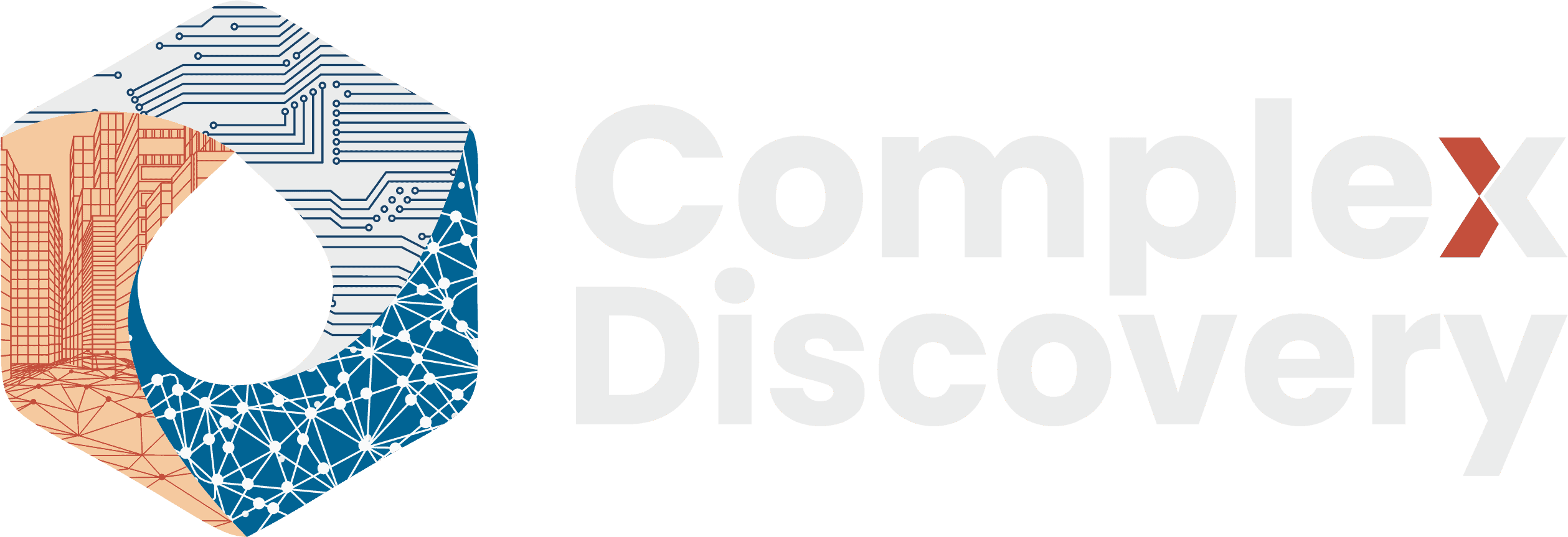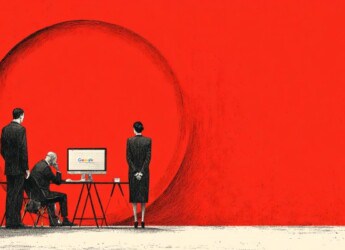Editor’s Note: Burnout in high-performance environments isn’t always loud or visible—it’s often quiet, gradual, and systemic. For cybersecurity, information governance, and eDiscovery professionals working at the intersection of law, tech, and business, creative fatigue can compromise not just output but insight and innovation. This article, originally published on Forbes Communications Council, spotlights curiosity not as a fleeting trait but as a strategic operating system capable of countering burnout and fostering long-term adaptability. Through actionable habits and cross-disciplinary thinking, it reframes curiosity as a renewable resource—and a cultural imperative.
In a sector where mental flexibility and sustained insight drive both risk management and strategic progress, curiosity isn’t a luxury—it’s a leadership necessity.
Content Assessment: Staying Curious: One Practical Defense Against Creative Burnout
Information - 94%
Insight - 96%
Relevance - 94%
Objectivity - 93%
Authority - 94%
94%
Excellent
A short percentage-based assessment of the qualitative benefit expressed as a percentage of positive reception of the recent article from ComplexDiscovery OÜ titled, "Staying Curious: One Practical Defense Against Creative Burnout."
Industry News – Leadership Beat
Staying Curious: One Practical Defense Against Creative Burnout
Rob Robinson | Republished with Permission from Forbes Communications Council
In the high-stakes convergence of business, technology and law, creative burnout isn’t just an individual challenge—it’s a systemic risk. The relentless push for efficiency, digital acceleration and hyperspecialization can leave even high-performing professionals creatively depleted.
While conventional productivity tools address symptoms, one mindset consistently proves more effective as a long-term defense: curiosity.
The Quiet Toll Of Creative Burnout
Burnout is more than tiredness. It’s a slow erosion of engagement, creativity and strategic clarity. Many professionals often sense it as a creeping loss of perspective—when enthusiasm fades, originality wanes and decision making becomes reactive. In environments where adaptability and insight are nonnegotiable, this quiet fatigue undermines performance long before it becomes visible.
The World Health Organization now classifies burnout as an “occupational phenomenon”—a response to chronic workplace stress that has not been effectively managed. What makes burnout particularly insidious for leaders is that it often coincides with high external performance. The systems keep running, and the meetings keep happening; beneath the surface, however, cognitive flexibility and creative energy are quietly draining.
Curiosity As A Strategic Operating System
Curiosity, often perceived as an innate personality trait, is better understood as a repeatable strategy. When deliberately cultivated, it functions as a cognitive operating system that keeps professionals adaptive, observant and open to new possibilities. Curious individuals question assumptions, surface alternatives and stay mentally agile in the face of rapid change.
A 2018 Harvard Business Review article found that nurturing curiosity can lead to better team collaboration, more innovative thinking and fewer decision-making errors. Rather than just generating ideas, curiosity creates the conditions for better questions, and better questions are the foundation of resilient leadership. An April 2025 Fast Company report highlighted that curiosity, when embedded into leadership culture, can become a dynamic force for innovation. It’s about reframing how challenges are approached and solved.
While technology and automation can help reduce repetitive workloads and support well-being, they aren’t a panacea. Without a culture of curiosity, even the most advanced tools cannot fully address the root causes of creative burnout.
Curiosity In Practice: The Experimental Mindset
Curiosity is most effective when paired with action. It gains traction not just through inquiry but through iteration. In fast-evolving environments, treating learning as a continuous experiment rather than a performance evaluation allows professionals to adapt without burnout.
This shift reframes curiosity from a spark of interest into a disciplined habit—testing ideas, collecting feedback and revising approaches based on what’s discovered. It normalizes risk-taking as a productive behavior rather than a reputational threat. Over time, this mindset builds creative stamina and psychological safety, both critical for navigating complex roles.
Leaders who model this approach can enable teams to ask more expansive questions, surface early signals and iterate in ways that feel energizing rather than draining. For example, some legal technology providers have adopted “innovation sprints,” encouraging cross-functional teams to experiment with solutions inspired by disciplines such as design thinking and behavioral economics.
Deliberate Cross-Pollination: Going Beyond Your Domain
One of the most potent applications of curiosity is cross-disciplinary exploration. Professionals who intentionally step outside of their immediate domain—by reading, listening or engaging with unrelated fields—can develop broader mental frameworks that fuel innovation.
A cybersecurity analyst studying ecological systems might discover parallels in threat adaptation. A technologist exploring historical architecture could glean insight into modular design principles. In the legal sector, firms have drawn on data science and information theory to improve e-discovery workflows and case strategy. These kinds of connections are rarely surfaced through routine workflows alone.
Breakthroughs happen when ideas collide across boundaries. Curiosity creates the conditions for those collisions.
Four Tactical Habits To Reinforce Curiosity
To institutionalize curiosity as a practical leadership habit, consider adopting these tactics:
1. Schedule curiosity time. Block 30 minutes weekly for structured exploration. Rotate between disciplines—science, design, philosophy, history—and allow serendipity to play a role.
2. Diversify your inputs. Resist content algorithms that feed more of what you already know. Seek out contrarian thinkers, niche journals or documentaries outside of your expertise.
3. Host curiosity exchanges. Encourage employees to share ideas from outside of their roles. Informal “show-and-tell” sessions on off-topic interests build cross-functional awareness and shared learning.
4. Ask expansive questions. Replace narrow problem-solving queries with generative prompts: “What aren’t we considering?” “What would this look like in a different industry?” “What’s the smallest experiment we could try?”
Curiosity As Culture, Not Perk
Organizations that treat curiosity as a leadership competency—not a personal quirk—can reap measurable returns. According to McKinsey, companies that promote learning agility outperform peers on innovation and engagement indicators. These organizations can surface insights faster, adapt more smoothly and avoid the rigidity that often leads to systemic stagnation. Curiosity becomes a scalable engine for insight, not just at the individual level but across the enterprise.
Conclusion: Curiosity Is The Catalyst
In a work environment defined by volatility and complexity, curiosity is a leadership imperative. It fuels perspective, renews energy and reveals possibilities others overlook. Most importantly, it offers a reliable buffer against burnout by turning complexity into opportunity.
Originally published by Forbes Communications Council at Council Post – Staying Curious: One Practical Defense Against Creative Burnout
Assisted by GAI and LLM Technologies
Additional Reading
- From Longbows To AI: Lessons In Embracing Technology
- SXSW EDU | Embracing the Experimental Mindset: How Curiosity Fuels Learning and Growth
- 20 Ways Creative Professionals Battle Burnout And Find Fresh Ideas
- 14 Points For Brands To Consider Before Making Sociopolitical Statements
Source: ComplexDiscovery OÜ

























